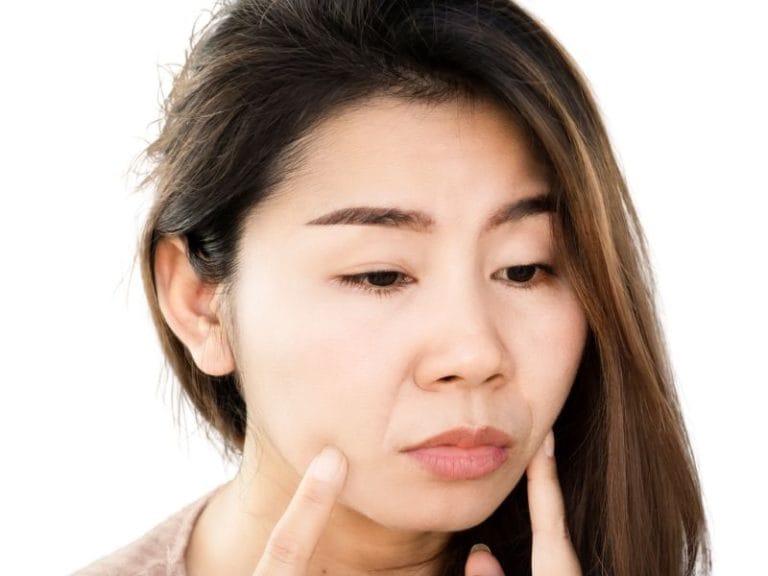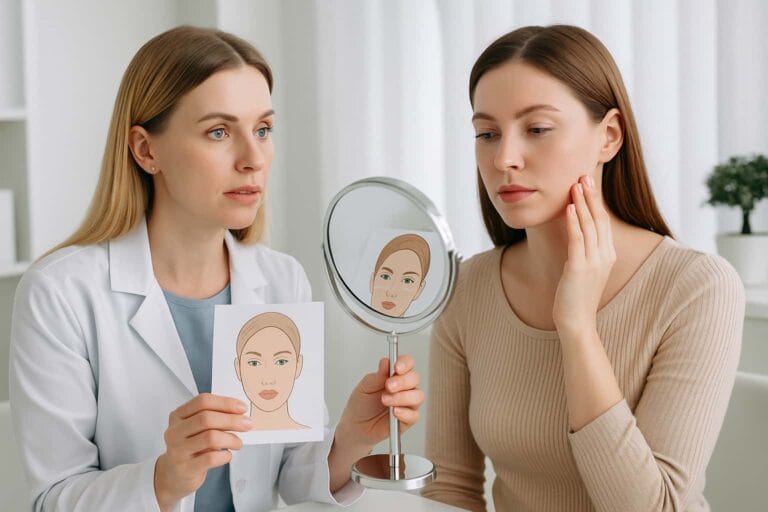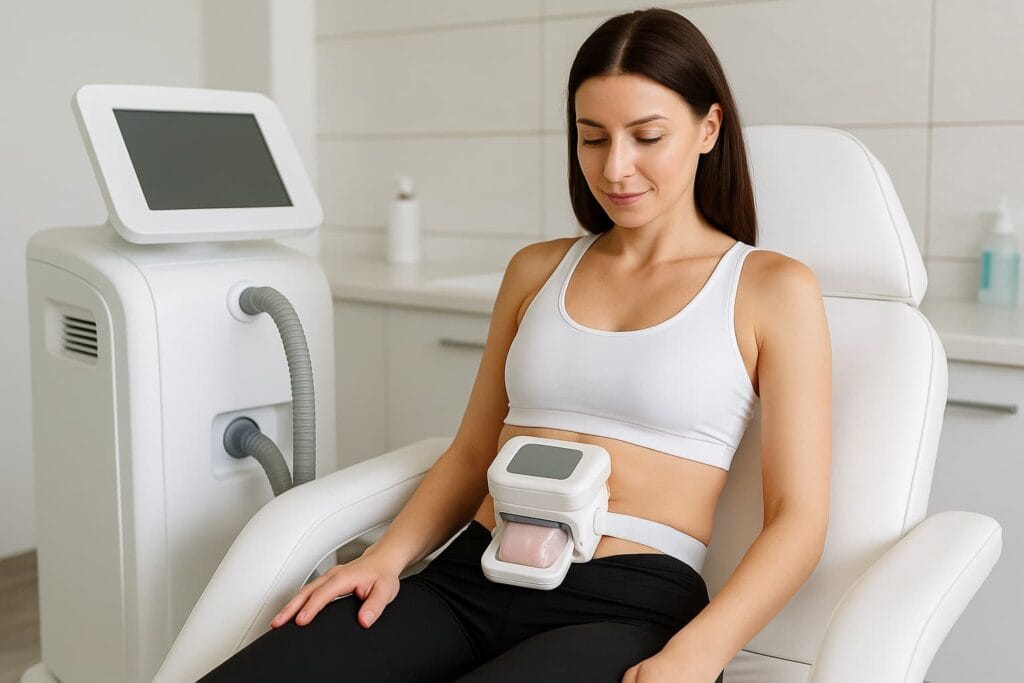
Hyperpigmentation vs Hypopigmentation: What is The Difference?
April 1, 2025

Skin pigmentation concerns are common and can affect individuals of all skin types. Two frequently discussed conditions—hyperpigmentation and hypopigmentation—involve changes in the production of melanin, the pigment responsible for skin colour.
In this guide, we explain the key differences between hyperpigmentation and hypopigmentation, what causes each, and what treatment options may be suitable based on individual needs.
(Before & After)
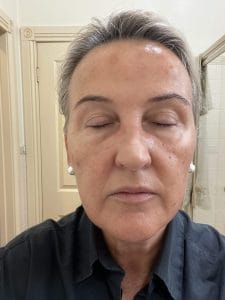
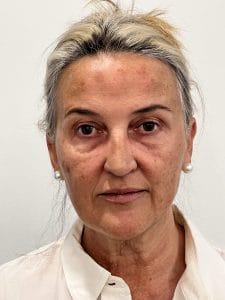
What Is Hyperpigmentation?
Hyperpigmentation occurs when melanin is overproduced, resulting in darker areas or spots on the skin. It can be localised or widespread and may develop for a variety of reasons.
Common Types of Hyperpigmentation:
- Freckles
- Sunspots (solar lentigines)
- Melasma
- Post-Inflammatory Hyperpigmentation (PIH)
What Is Post-Inflammatory Hyperpigmentation (PIH)?
Post-inflammatory hyperpigmentation is a form of hyperpigmentation that occurs after the skin experiences trauma or inflammation. This condition is especially common in individuals with darker skin tones.
What Causes PIH?
PIH can result from:
- Acne
- Eczema
- Psoriasis
- Insect bites
- Cuts or burns
When the skin heals from inflammation, melanocytes may produce excess melanin as part of the response, leaving behind dark patches or marks.
While PIH can fade over time, sun exposure may worsen it, and targeted skincare or professional treatments may help improve the appearance faster.
What Causes Hyperpigmentation?
Hyperpigmentation may develop due to a range of intrinsic and environmental factors:
- Sun exposure – UV radiation stimulates melanin production.
- Hormonal changes – Common during pregnancy or with oral contraceptives.
- Inflammation or trauma – As with PIH.
- Skin injuries – Such as cuts, bruises, or burns.
- Aging – Uneven pigmentation often becomes more noticeable over time.
- Genetics – Some people are more prone due to family history.
- Medications – Certain drugs, including some chemotherapy or antibiotics, may trigger pigmentation changes.
Does Hyperpigmentation Go Away?
Yes, in many cases, hyperpigmentation can fade naturally over time. However, the duration and extent of fading depend on the severity and underlying cause.
Skincare products with ingredients like vitamin C, retinoids, or niacinamide can help promote cell turnover. For more significant pigmentation, in-clinic treatments may offer enhanced results.
Treatment Options for Hyperpigmentation
A tailored treatment plan should always be developed in consultation with a qualified professional. Options may include:
- Topical skincare – Including vitamin C, retinol, kojic acid, and niacinamide.
- Chemical peels – To exfoliate and improve skin tone.
- Laser therapy – Targets deeper pigmentation.
- Microdermabrasion – Removes dead skin cells and promotes clarity.
- Sun protection – Daily sunscreen use is essential to prevent further pigmentation.
What Is Hypopigmentation?
Hypopigmentation refers to loss or reduction of melanin production, resulting in lighter patches of skin compared to surrounding areas.
This condition may be temporary or permanent, depending on the cause.
What Causes Hypopigmentation?
Several factors can contribute to reduced pigmentation:
- Genetic conditions – Such as albinism or piebaldism.
- Skin damage – From burns, cuts, or infections.
- Autoimmune disorders – Like vitiligo or lupus.
- Medication side effects – Some chemotherapy agents and topical ingredients.
- Nutritional deficiencies – Including low levels of vitamin B12 and folic acid.
- Chemical exposure – Including overuse of some bleaching agents.
- Ageing – Reduced melanin production is common over time.
Does Hypopigmentation Go Away?
It depends on the underlying cause:
- If the melanocytes (pigment-producing cells) are still intact, pigment may return over time.
- If the cells have been permanently damaged, the condition may be long-lasting or irreversible.
A professional assessment is required to determine the best approach.
Treatment Options for Hypopigmentation
Effective treatment relies on identifying the cause. Options may include:
- Topical treatments – Such as corticosteroids, vitamin D analogues, or tacrolimus.
- Light therapy (phototherapy) – Used to stimulate pigment production.
- Microneedling – May help trigger natural melanin regeneration.
- Skin grafting – For severe or localised pigment loss.
- Cosmetic camouflage – Makeup or self-tanning products for coverage.
Treatment may require time and ongoing care, and results vary between individuals.
The Importance of Sun Protection
Regardless of the type of pigmentation concern, sun protection is critical. Daily use of a broad-spectrum SPF helps:
- Prevent pigmentation from worsening
- Support treatment effectiveness
- Protect melanocytes from UV damage
At USKIN Clinics, we prioritise both treatment and prevention, ensuring clients receive holistic care tailored to their skin type.
Final Thoughts
Understanding the difference between hyperpigmentation and hypopigmentation is key to managing these conditions effectively. While both involve changes in melanin levels, the approach to treatment and prevention differs significantly.
If you’re concerned about uneven skin tone, speak with a qualified practitioner at USKIN Clinics. We’ll help identify the cause and build a tailored treatment plan for healthier, more even skin.
Disclaimer: All cosmetic procedures carry risks. A consultation with a qualified practitioner is required to determine the most appropriate treatment. Results vary between individuals.
Similar Posts
5 Benefits of Anti Wrinkle Injections Beyond Smoothing Lines

Anti wrinkle injections are widely known for softening expression lines, but many people are surprised…
Deep Smile Lines: What Are They and Can They Be Treated?

Deep smile lines, also known as nasolabial folds, are the creases that run from the…
Does Fat Freezing Really Work? Here’s What You Should Know
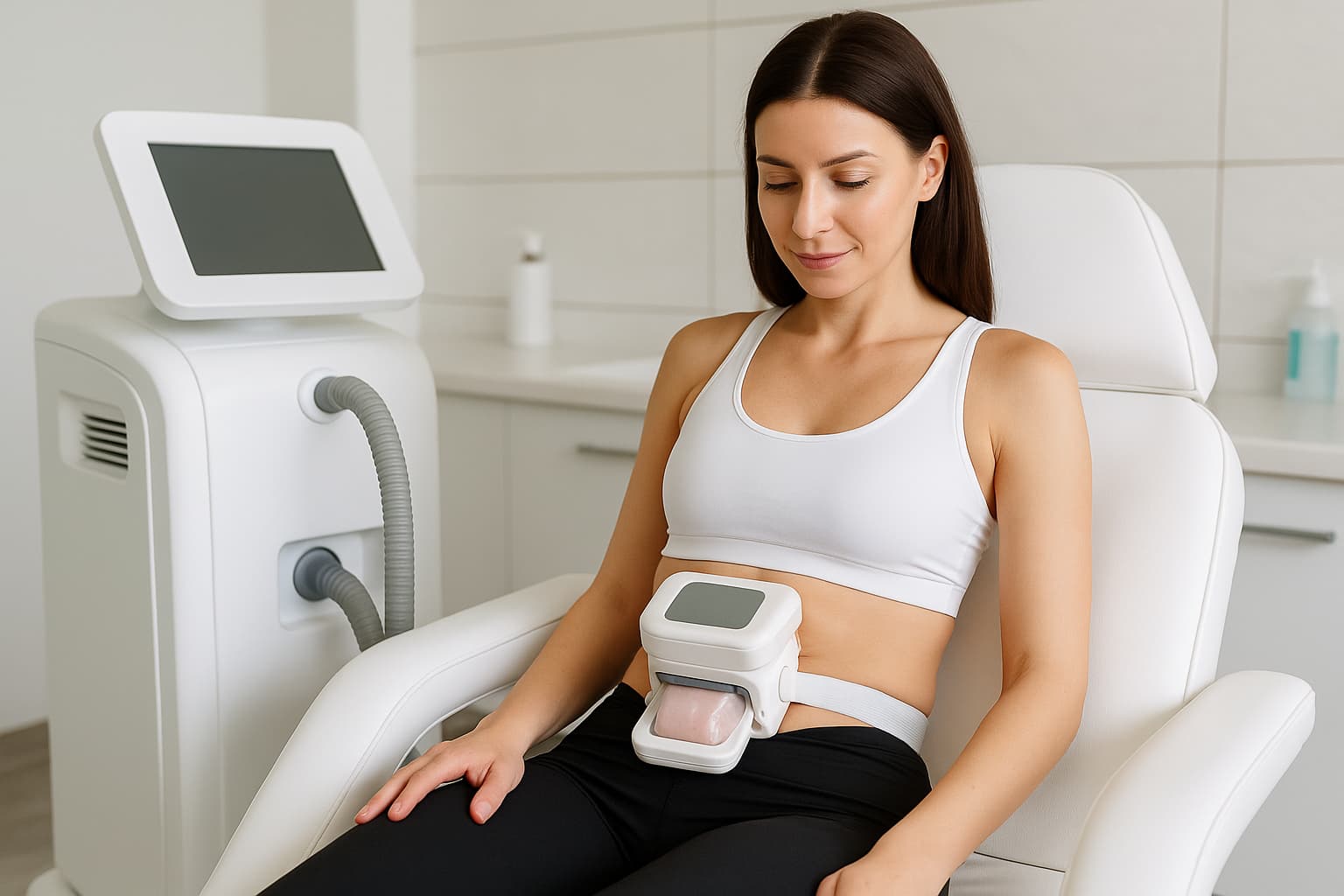
If you’ve heard about fat freezing treatments and wondered whether they truly work, you’re not…


